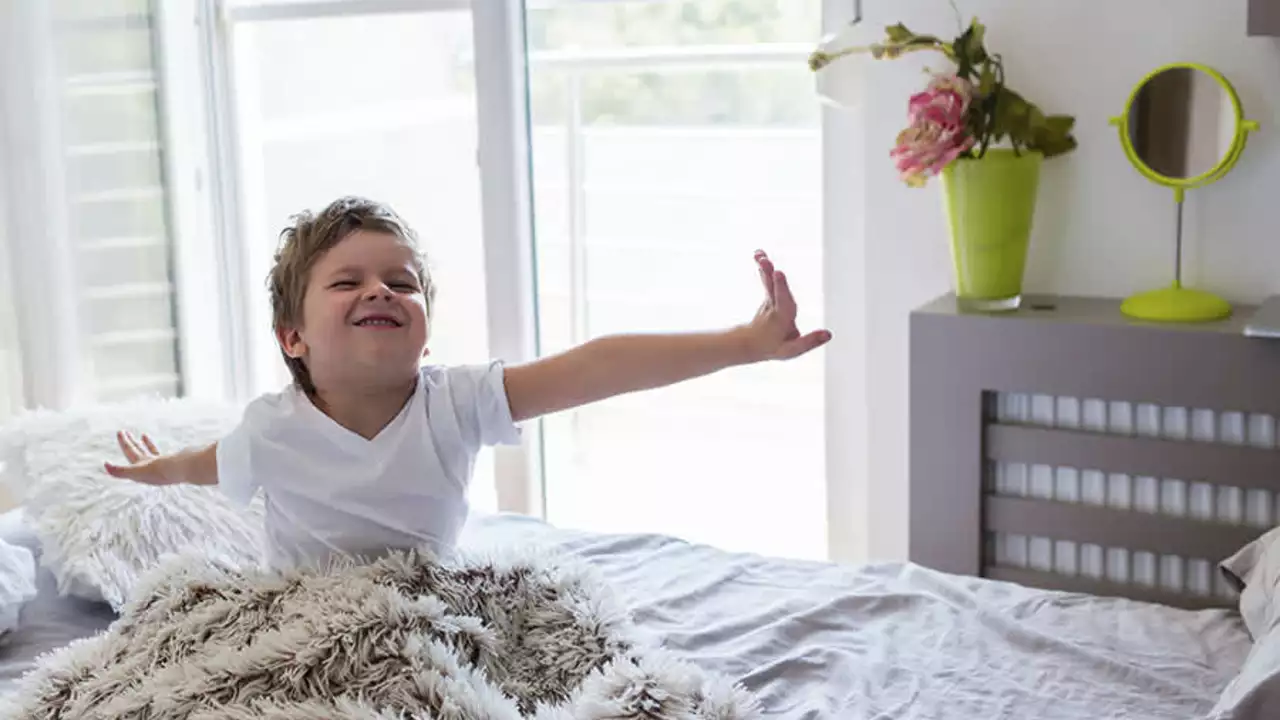Parenting Guides: Real‑World Tips for Raising Happy Kids
If you’re juggling school pickups, doctor visits, and a never‑ending laundry pile, you know parenting isn’t a one‑size‑fits‑all job. The good news? Simple, proven strategies can make everyday moments smoother. Below you’ll find quick fixes for two common concerns – creating an inclusive environment for kids with cerebral palsy and stopping nighttime bed‑wetting.
How to Build an Inclusive Home for Children with Cerebral Palsy
First, look at the spaces your child uses most. A sturdy handrail in the bathroom or a low‑height sink can give a kid more independence without drawing attention. Swap out hard‑edge furniture for rounded corners – it’s a tiny change that reduces injury risk and sends a subtle signal that safety matters for everyone.
Next, involve your child in decisions. Let them pick the colour of a chair or choose where a ramp goes. When kids feel ownership, they’re more likely to use adaptations willingly. Pair this with clear communication: explain why a grab bar is there (“it helps you stay steady”) instead of treating it like a medical device.
Don’t forget social inclusion outside the house. Arrange playdates at parks with smooth pathways and bring portable ramps if needed. Encourage friends to ask, “What can I do to help?” rather than assuming they know. Small gestures—like opening a door or offering a seat—build confidence for both the child with cerebral palsy and the peers.
Nighttime Routines That Cut Bed‑Wetting
Bed‑wetting can feel embarrassing, but it’s usually just a timing issue. Start by limiting fluids after dinner – a glass of water is fine, but cut out soda or juice an hour before bed. This reduces the bladder load without making kids feel thirsty.
Set a consistent bathroom break schedule. A quick trip to the toilet right before lights out trains the body to empty fully. If your child wakes up during the night, keep a low‑light path to the bathroom so they don’t feel startled and can go easily.
Positive reinforcement works wonders. Celebrate dry nights with stickers or extra story time rather than focusing on accidents. When setbacks happen, stay calm – stress can actually increase nighttime leaks.
If you’ve tried these steps for a few weeks and the problem persists, consider absorbent underwear as a backup. Modern designs are discreet and help keep the bed dry while you work on long‑term habits.
Every family’s routine looks different, so feel free to mix and match tips until they click. The goal isn’t perfection; it’s creating an environment where your child feels supported and confident.
Parenting is a marathon, not a sprint. By tweaking the home layout for inclusivity and fine‑tuning bedtime habits, you’re giving your kids tools that last well beyond the next milestone. Keep experimenting, stay patient, and remember – small changes add up to big improvements in everyday life.
OTC Cold Medicine Safety in Children: Age Limits and Risks
OTC cold medicines pose serious risks to young children with little to no benefit. Learn the age limits, dangers, and safe alternatives backed by the FDA and pediatric experts.
learn moreCreating an Inclusive Environment for Children with Cerebral Palsy: Practical Tips and Strategies
Discover how to build an inclusive environment for children with cerebral palsy, both at home and in the community. This in-depth article dives into practical strategies, real-world examples, and must-know facts to help you support and empower kids with disabilities. Packed with practical advice around social activities, education, accessibility, and attitudes, it’s a hands-on guide to making every child feel they belong. Learn how to foster an environment where all children can thrive and develop meaningful connections.
learn moreNighttime routines to help prevent bed-wetting in children
In my recent blog post, I explored some effective nighttime routines that can help prevent bed-wetting in children. I discussed the importance of limiting liquid intake before bedtime and establishing regular bathroom routines. We also delved into the role of positive reinforcement and the benefits of using absorbent underpants during this transitional phase. Additionally, I stressed the significance of patience and understanding during this process, as every child's development is unique. Remember, bed-wetting is a common issue and there's no need to be overly worried or stressed about it.
learn more

